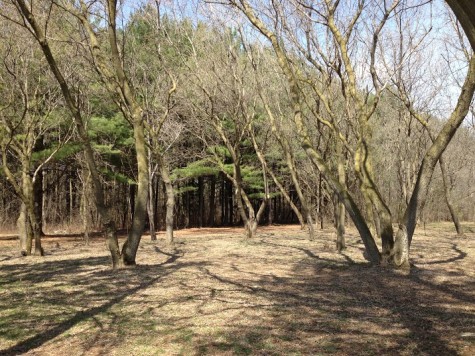Rise in Environmental Careers
This week, April 17, AHS students who plan pursuing environmental carriers, as well as AHS counselor Brianne Mehlos, share information on the growing field of environmentalism. While Mehlos shares advice on how to get involved, AHS students Emma Gilbertson and Andy Kasun share what they are doing to get involved.
“The field of environmental science is growing at a faster than normal rate, due to the awareness of the need to conserve our natural resources and the realization that we need to act now before it gets any worse. A lot more students are interested in this field because they know the jobs will be there,” says Emma Gilbertson, a junior at Arrowhead High School looking to pursue a degree in environmental science.
According to The Princeton Review, colleges and universities are investing a growing interest in environmental degrees, and programs, given the fact that reducing air pollution alone is now a $45 billion industry.
“The steady deforestation of the Brazilian rain forest will continue to pose challenges—and opportunities—for environmentalists for years to come” said The Princeton Review in a 2015 article called Environmentalist/Environmental Scientist.
According to Arrowhead counselor, Brianne Mehlos, there have been 9 students this year who have spoken to her about pursuing degrees in environmental science.
“I meet with a small number of students each year who are interested in conservation. There are approximately 5% of AHS students that have shared an interested in Environmental Science each year.” Says Mehols.
Junior Emma Gilbertson is one of those students.
“I want to help the environment because we have to make our resources last for future generations, and at the rate we’re consuming them and polluting the earth, life will be much harder in the future without access to clean water and air.” says Gilbertson.
Gilbertson says that there are many things she can do with an environmental science degree, and is hoping to be a natural resource manager or a wildlife conservationist.
“Animals play a key part in helping us realize the impact our civilization has on all biological ecosystems.” Says Gilbertson.
According to worldometers.com, the worlds population growth is also something that needs to be studied. Woldometers.com says the world has an annual human growth rate of 1.14% , and since 1804, the world’s population has gone from one billion, to over 7.3 billion in 2015.
According to the UNEP Global Environmental Alert Service, we are now adding one million more people roughly every 4.8 days.
Andy Kasun, a 2014 Arrowhead graduate pursuing environmental science degrees from Northland College, says “Human population has not yet reached the earth’s capacity. We have plenty of food and enough resources to support our population, but we just have to find a better way to distribute them.”
For those interested in environmental careers, and raising awareness, Mehlos says its best to get involved.
“I recommend getting involved in your community and participating in community service and volunteer projects through the Park and Recreation Department and through local State Parks and networking with people who work in that field to learn more about their experiences and advice.” says Mehlos.
